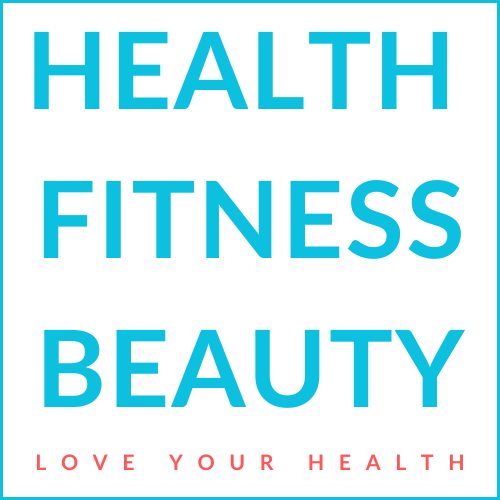
Unveiling the Link Between Fasting and Circadian Rhythms
In recent years, intermittent fasting (IF) has gained immense popularity not just for its weight loss benefits, but also for its far-reaching impact on various health metrics such as metabolic health, hormonal balance, and now, intriguingly, our body's internal clock. A study conducted on mice revealed that time-restricted eating (TRE)—a form of intermittent fasting—synchronizes our circadian rhythms, promoting overall health and longevity.
Performed over seven weeks, researchers found that approximately 70% of genes in multiple organs—including the liver, brain, and intestines—reacted beneficially to the feeding window restrictions. This study not only reflects the physiological aspects of eating but also exemplifies how fasting aligns with our body’s natural rhythms, a principle further supported by experts in chrononutrition.
Timer-Restricted Eating: The Light of Chrononutrition
Circadian rhythm fasting, often categorized under time-restricted eating, principally focuses on aligning meal times with the body's biological clock. The essence of this practice is to eat during specific hours, typically recommended to be earlier in the day, thereby enhancing metabolic efficiency and reducing the likelihood of storing fats. Among its promising benefits, this eating pattern has indicated reductions in inflammation and improvements in sleep quality, potentially laying the groundwork for healthier aging.
Past Studies and Future Insights
Previous research highlights that both fasting and circadian rhythms hold the potential to address metabolic diseases, such as obesity and type 2 diabetes. This aligns with findings that emphasize the importance of meal timing on health outcomes, proposing that meal frequency and timing can impact diseases related to metabolic syndrome. Understanding these connections can shape future dietary guidelines, particularly for individuals struggling with weight management and chronic health issues.
Practical Tips for Enhancing Circadian Health
To embrace the benefits of circadian rhythm fasting, consider these actionable steps:
- Morning Sunshine: Expose yourself to natural light during the early hours to help regulate your internal clock.
- Avoid Blue Light: Minimize screen time in the evening to foster natural melatonin production.
- Consistent Eating Schedule: Stick to regular meal times within an earlier part of the day to promote optimal metabolic health.
These practices can amplify the benefits observed in food timing studies, supporting the notion that aligning daily habits with our natural circadian rhythms enhances overall well-being.
Conclusion: The Interplay of Fasting and Health
As research evolves, the application of fasting as a health strategy continues to gain traction. Circadian rhythm fasting presents a promising avenue—not just for weight management, but also as a holistic approach to improve hormonal balance, sleep quality, and longevity. Individuals interested in exploring diet adjustments should consult with healthcare professionals to tailor their approach, potentially integrating these findings to optimize personal health outcomes.
 Add Row
Add Row  Add Element
Add Element 



Write A Comment